Comrade Nguyen Trong Nghia, Politburo member, Secretary of the Party Central Committee, Head of the Central Propaganda and Mass Mobilization Commission attended the ceremony. Also attending the ceremony were Comrade Nguyen Doan Toan, Head of the Propaganda and Mass Mobilization Commission of the Hanoi Party Committee; Comrade Vu Thu Ha, Vice Chairman of the Hanoi People's Committee; representatives of central and Hanoi ministries, departments, branches, veterans, historical witnesses, and a large number of students.
Speaking at the ceremony, Director of the Thang Long - Hanoi Heritage Conservation Center Nguyen Thanh Quang said that the series of activities is an event to celebrate the 80th anniversary of the August Revolution and National Day September 2. According to Mr. Quang, the Central Area of the Imperial Citadel of Thang Long - Hanoi - a world cultural heritage, is a place where the typical historical and cultural values of the Vietnamese people converge and crystallize. This place not only preserves thousands of years of sediments, but also preserves revolutionary relics - "red addresses" with rich traditional educational significance such as: House and Bunker D67, Combat Command Bunker T1, Cryptographic Bunker and Hanoi Flagpole relic.
Head of the Central Propaganda and Mass Mobilization Commission Nguyen Trong Nghia and delegates visited the exhibition.
Head of the Central Propaganda and Mass Mobilization Commission Nguyen Trong Nghia and delegates visit the exhibition.
In the continuous flow of more than 1,300 years of Thang Long - Hanoi , these relics are especially important historical marks of the glorious Ho Chi Minh era, where the heroic milestones of the nation and the heroic Capital are recorded, contributing to the unique identity of the Thang Long Imperial Citadel heritage complex today...
Cipher Tunnel (General Staff) after restoration.
The Cryptographic Tunnel is open to visitors from August 19.
The series of exhibitions and displays took place from August 19 to September 1 at the Thang Long Imperial Citadel Heritage Site, Hanoi. In particular, the exhibition "House and Bunker D67 - Journey to Total Victory" (phase 1) vividly explained the role of House and Bunker D67 in the period 1968 - 1975; introduced more than 300 documents and images, according to 4 themes: The Gulf of Tonkin Incident and the First Destructive War; The Story of House and Bunker D67; Defeating "Vietnamization of the War" and the Second Destructive War; The Great Victory of Spring 1975.
Within the framework of the event, for the first time, the Revolutionary Monument of the Cipher Tunnel (General Staff Headquarters) was opened to visitors. This is a part of the tunnel system of Area A of Hanoi Citadel, built during the years of resistance against the US, saving the country, playing an important role in helping the General Headquarters of the Vietnam People's Army maintain direction, operation and command over the military branches and fronts in the conditions of the US Air Force fiercely attacking the capital Hanoi.
Some artifacts are on display for public viewing.
Many veterans and soldiers visited the exhibition.
The construction of the Secret Cellar started on February 10, 1966 and was completed on June 30, 1966, with a total area of 37.2 square meters, and was most used in December 1972. The organizers said that the relic was restored on the principle of respecting the original elements, not interfering with the original relic, maximizing the value of the relic; approaching new interpretation methods and applying technology in the interpretation and display to create an impression to attract visitors, especially young people. The vivid interior display, the layout of the cellar is exactly as it was; at the same time, providing a lot of information through the interpretation exhibition with documentary films, the panel system inside and outside the cellar; using audio storytelling to make visitors feel like they were participating in working in the cellar at that historical moment.
Some artifacts on display at the exhibition.
Students visit House and Tunnel D67.
Students visit after the opening ceremony of the exhibition.
The exhibition "Flag Tower/Hanoi Flag Tower - Fatherland and the desire for peace" aims to honor and promote the value of an important historical relic, a place that preserves the cultural and spiritual values of the people of the capital and the Vietnamese nation. That is the Flag Tower (Hanoi Flag Tower) - an important, unique and exclusive architecture of the Nguyen Dynasty's citadel system. Since May 1882, the French colonialists occupied Hanoi, turned the Flag Tower into an observation tower, an information station and hung the French flag as a symbol of colonial domination. Therefore, on October 10, 1954, for the first time, the Vietnamese national flag flew on top of the Hanoi Flag Tower, affirming an independent and autonomous Vietnam. During the resistance war against the US, on top of the Flag Tower was an observation tower, on duty to monitor the situation of the US bombing of Hanoi. During 12 days and nights of bombs and bullets, the Flagpole squad steadfastly held their position day and night, observing the Hanoi sky and the developments of each battle, promptly reporting information and reports to the Operations Department's Command Headquarters.
Over 200 years of history, overcoming all the harshness of nature and war, this place has marked important events in the struggle for national independence. Today, the Hanoi Flag Tower still stands tall with the national flag on top, symbolizing the will for independence, heroism and aspiration for peace of the capital Hanoi and the Vietnamese people.
Source: https://cand.com.vn/Chuyen-dong-van-hoa/khai-mac-3-trung-bay-ve-di-tich-nha-va-ham-d67-ham-co-yeu-va-cot-co-ha-noi-i778572/


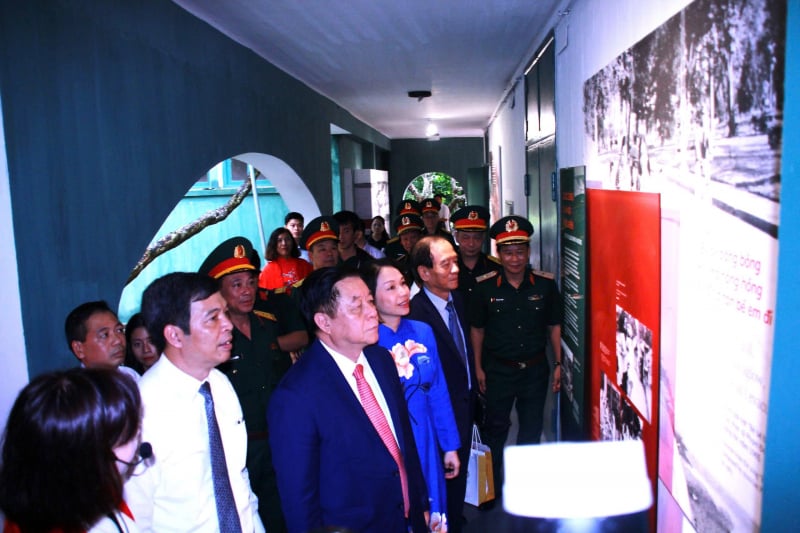
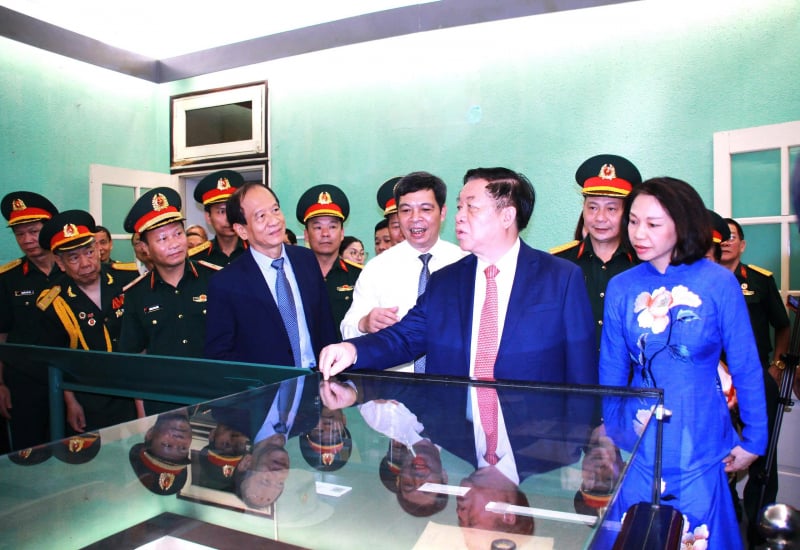
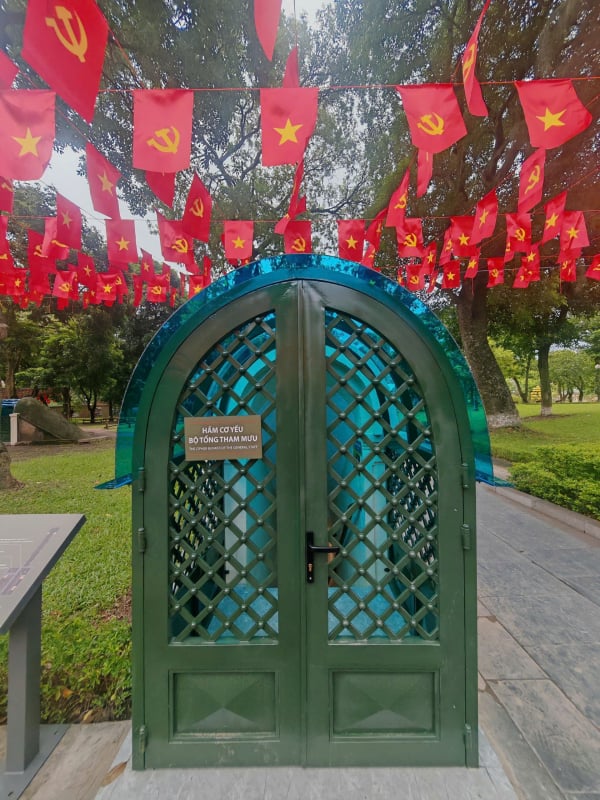
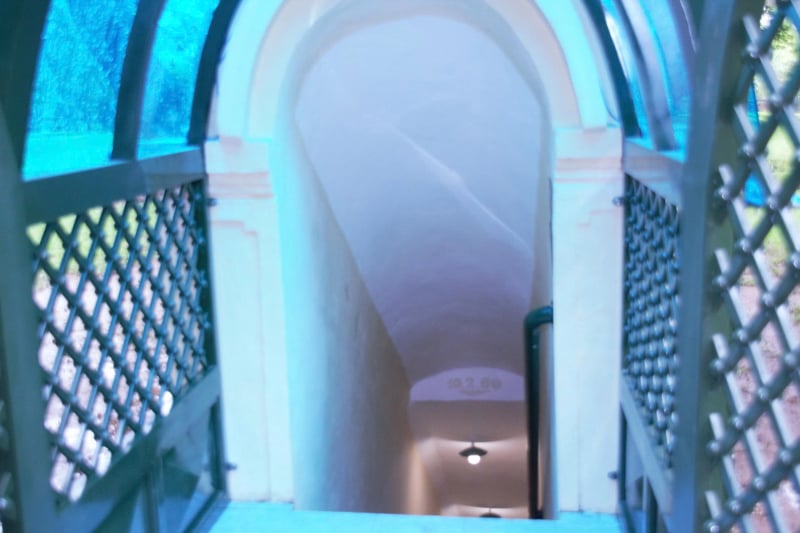
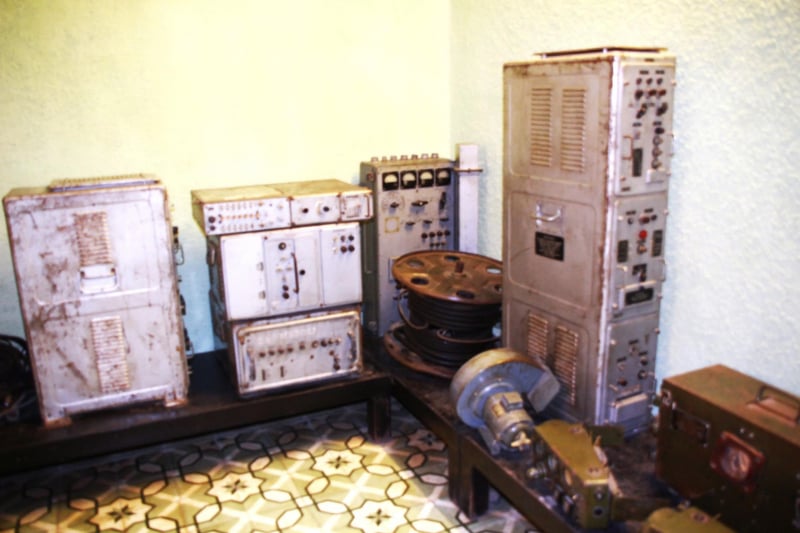
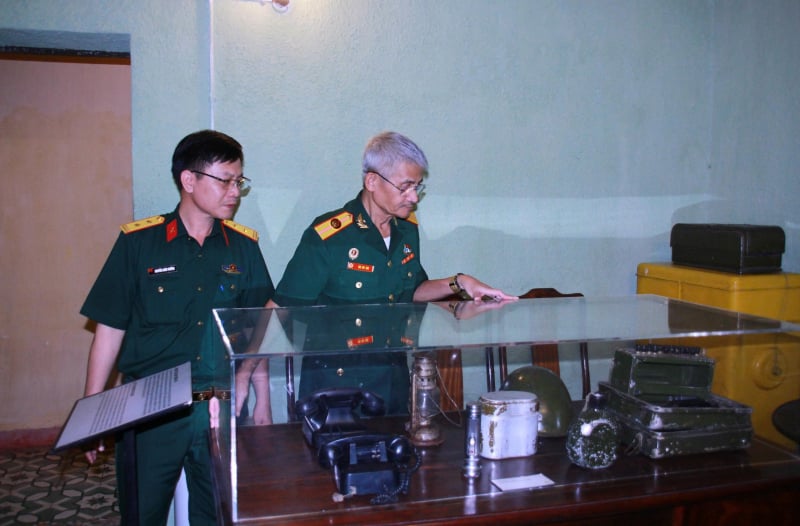
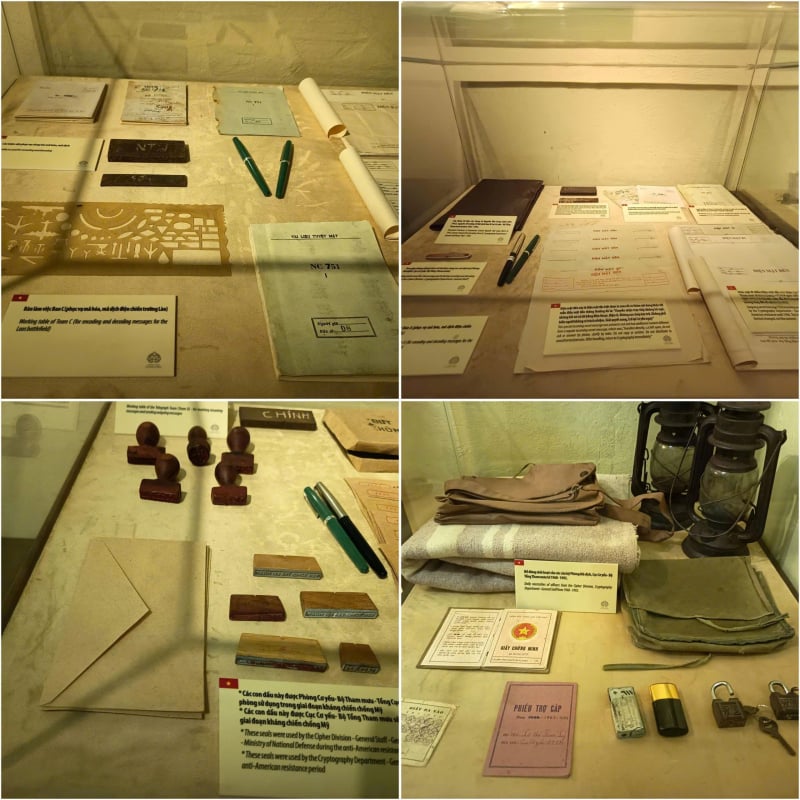
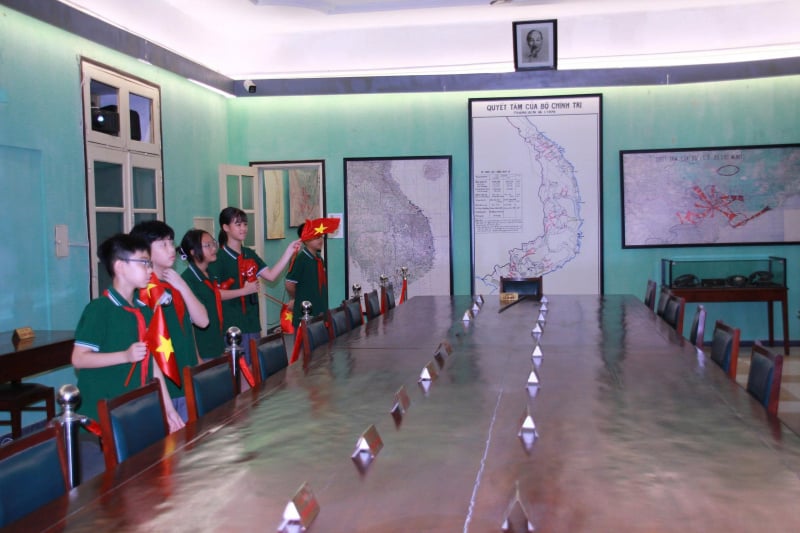
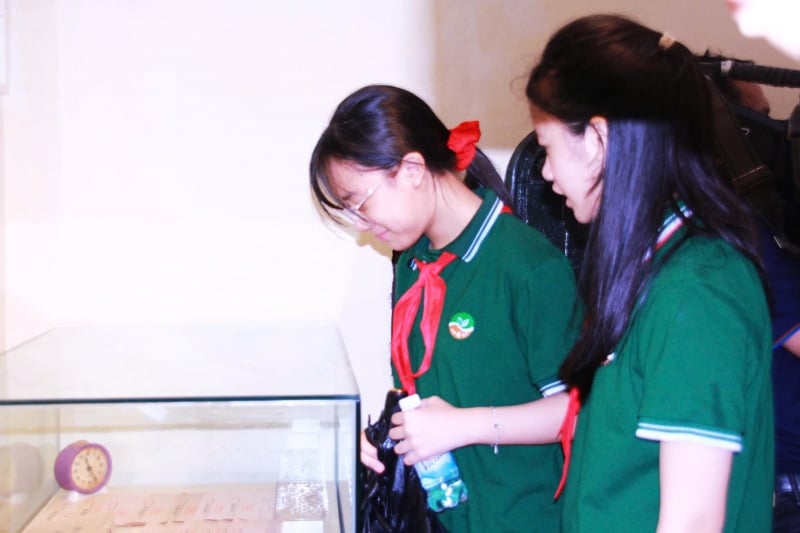






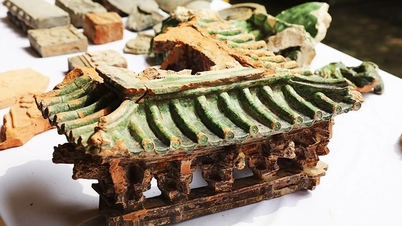

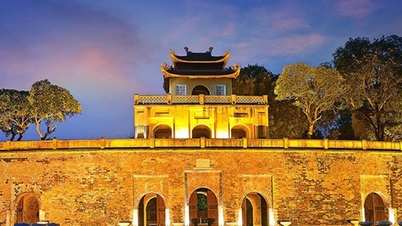







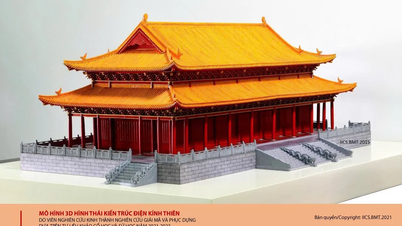

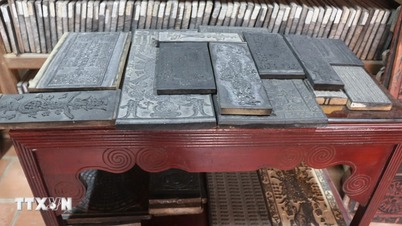

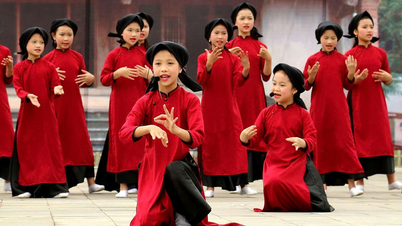

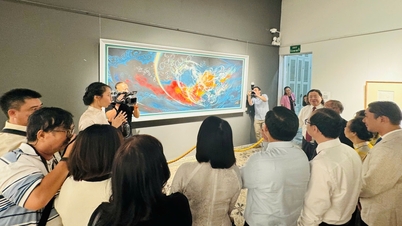








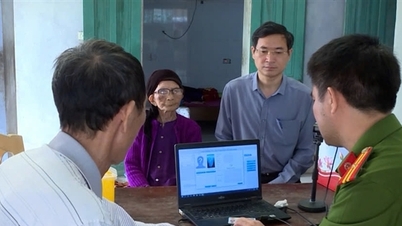

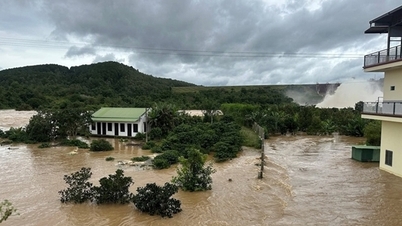

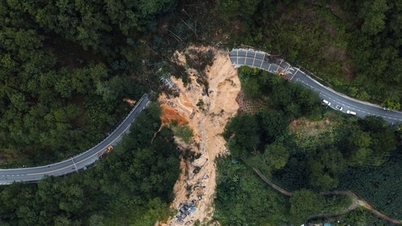


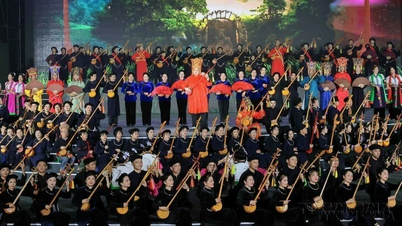

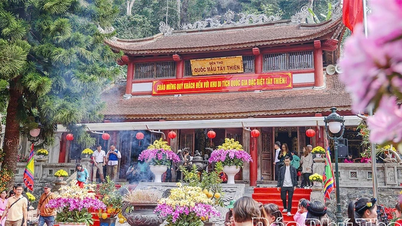

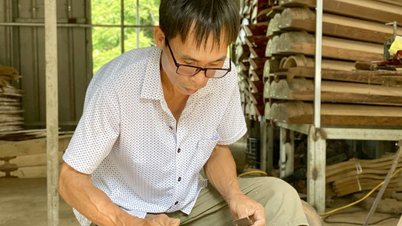
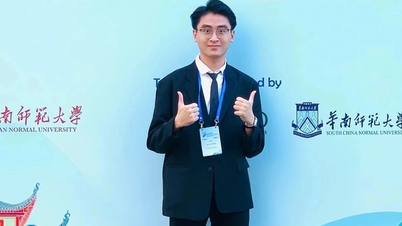
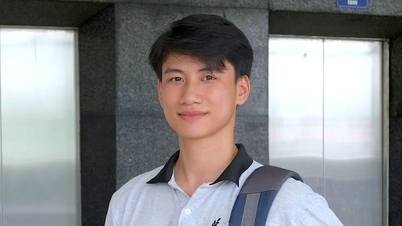



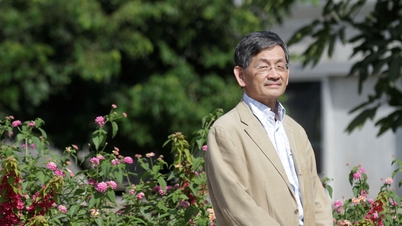
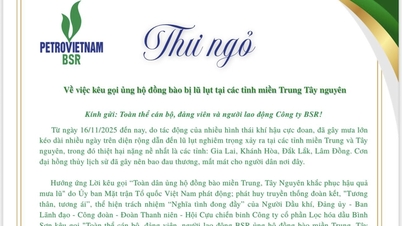

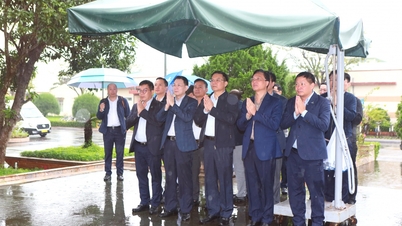
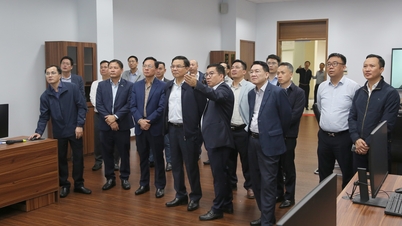
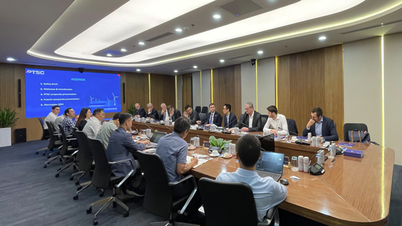
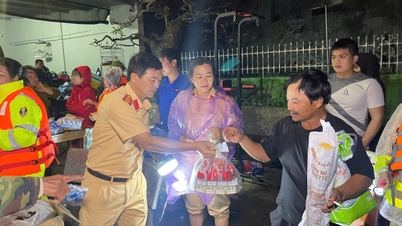





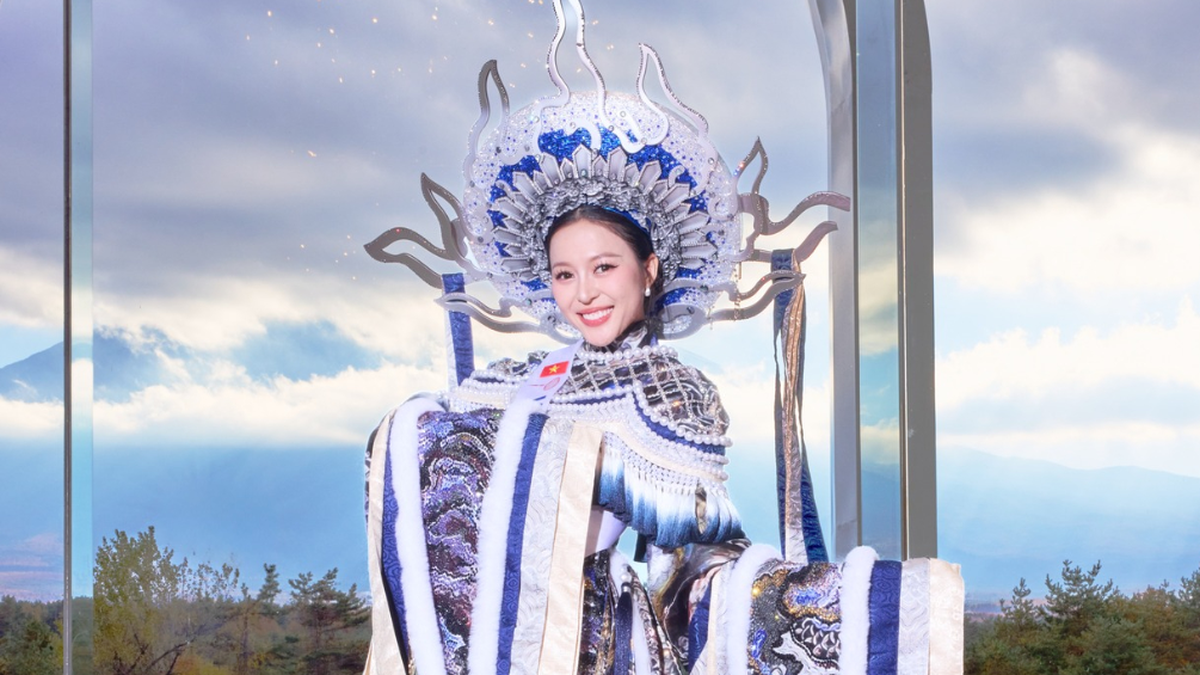
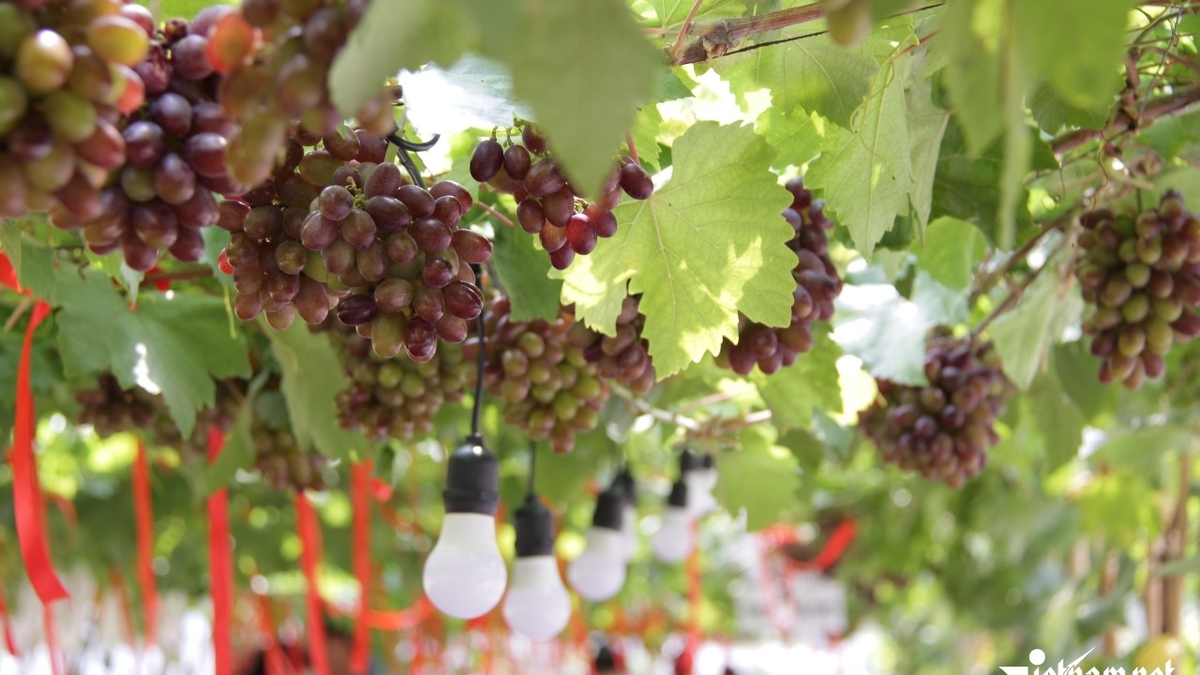

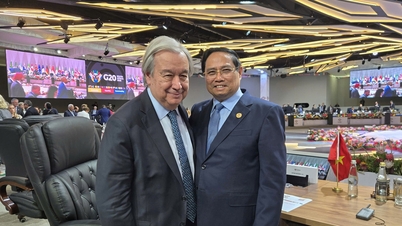
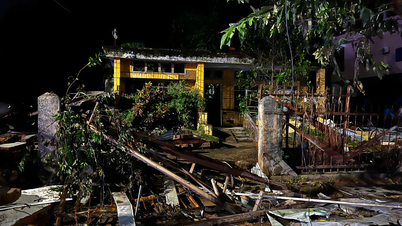

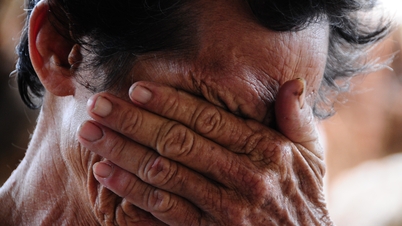
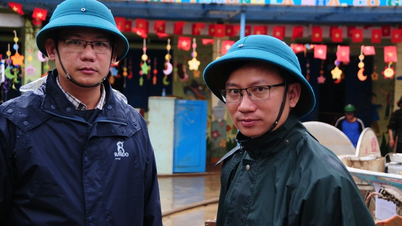
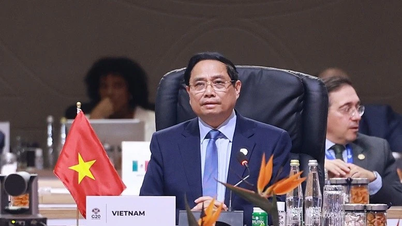

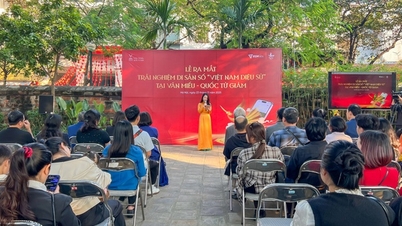

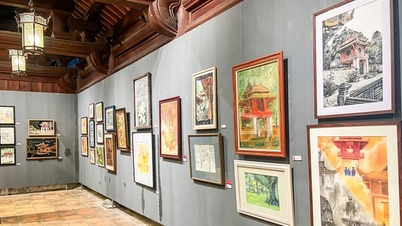
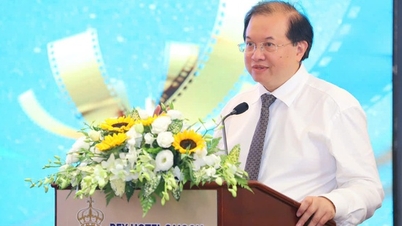
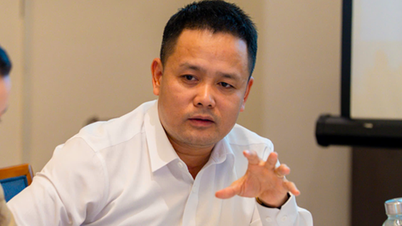
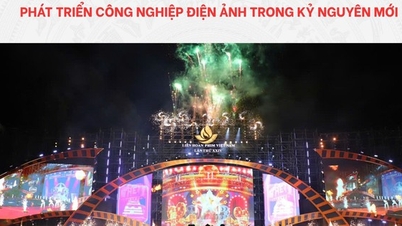
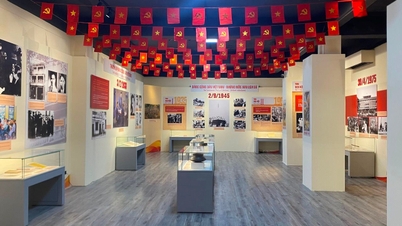

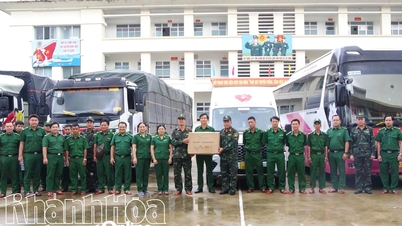



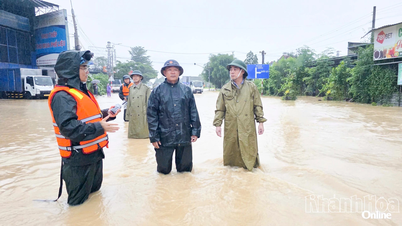
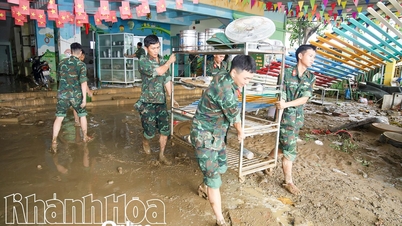
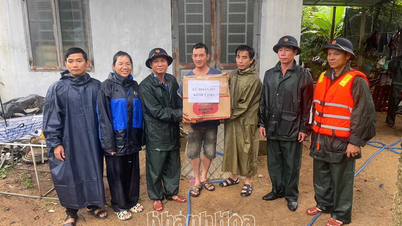



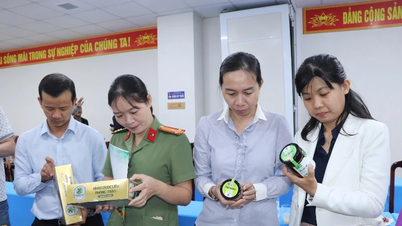
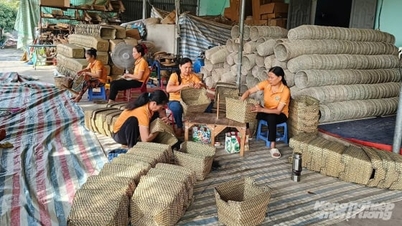

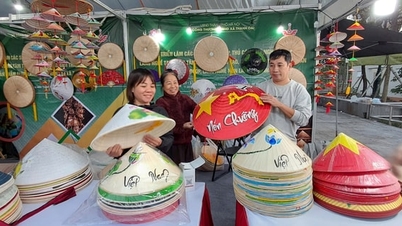

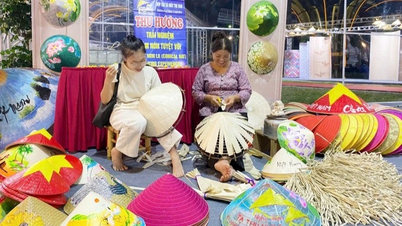

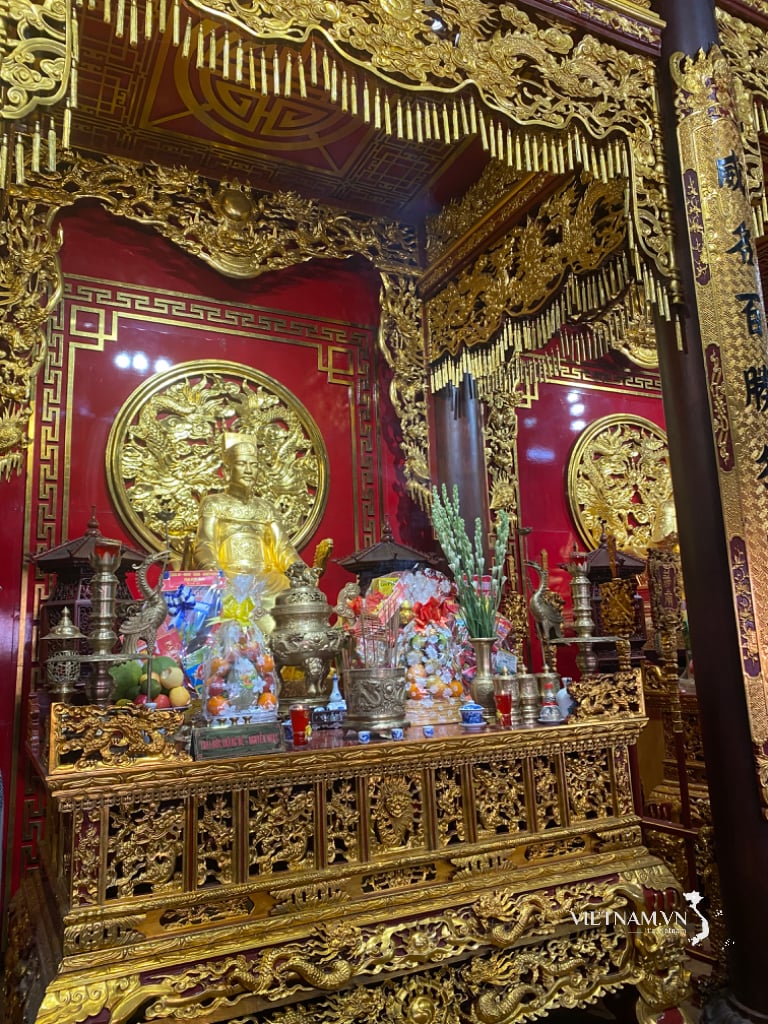
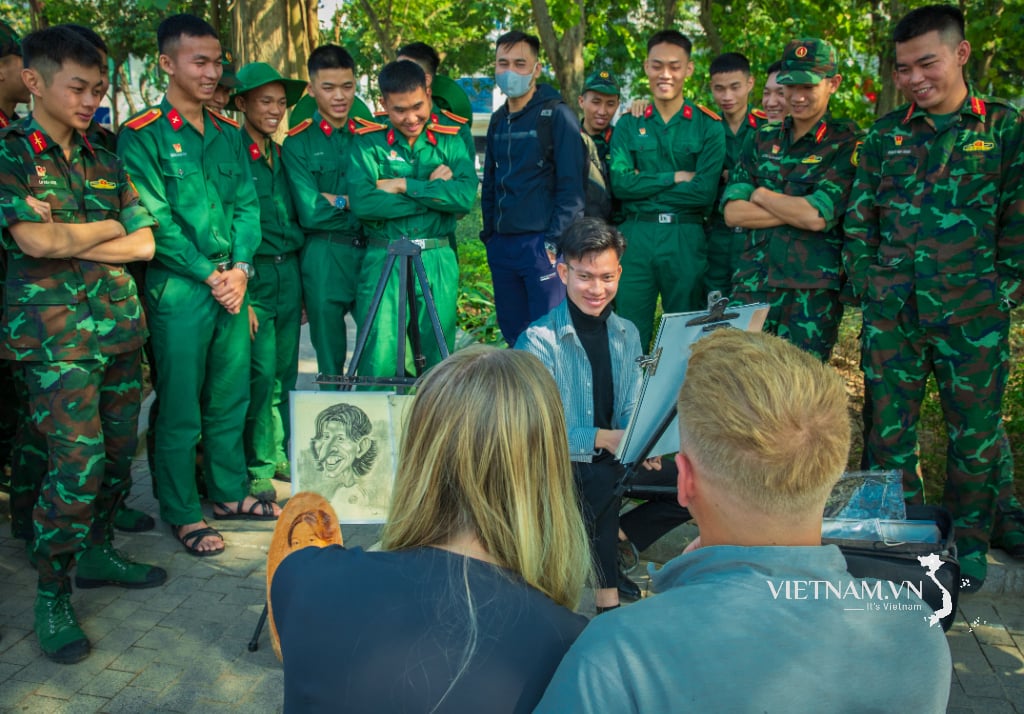

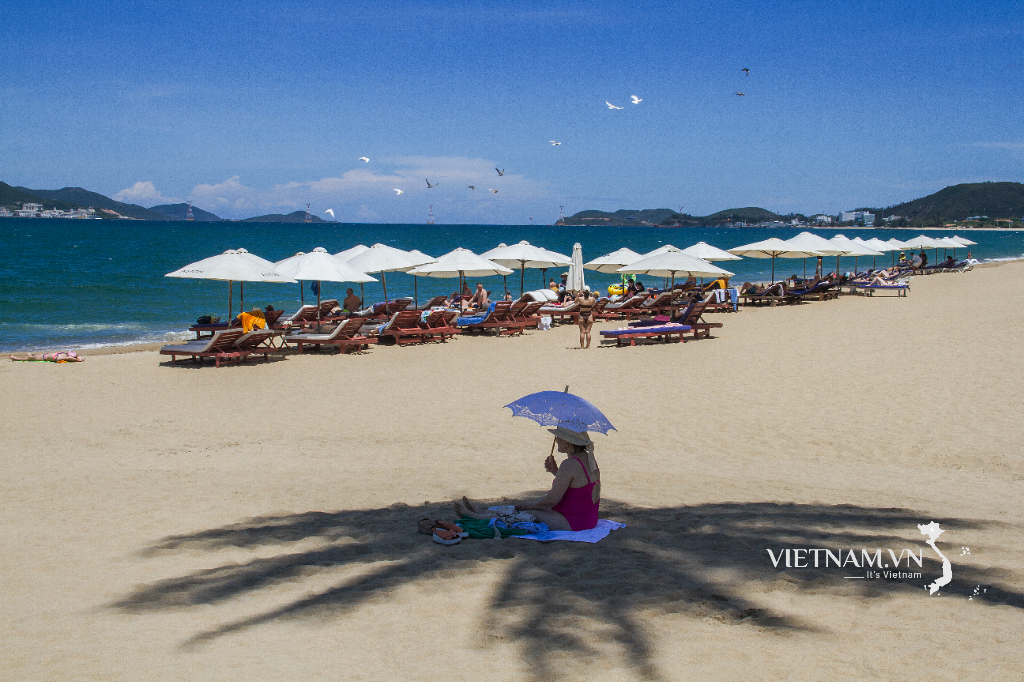
Comment (0)